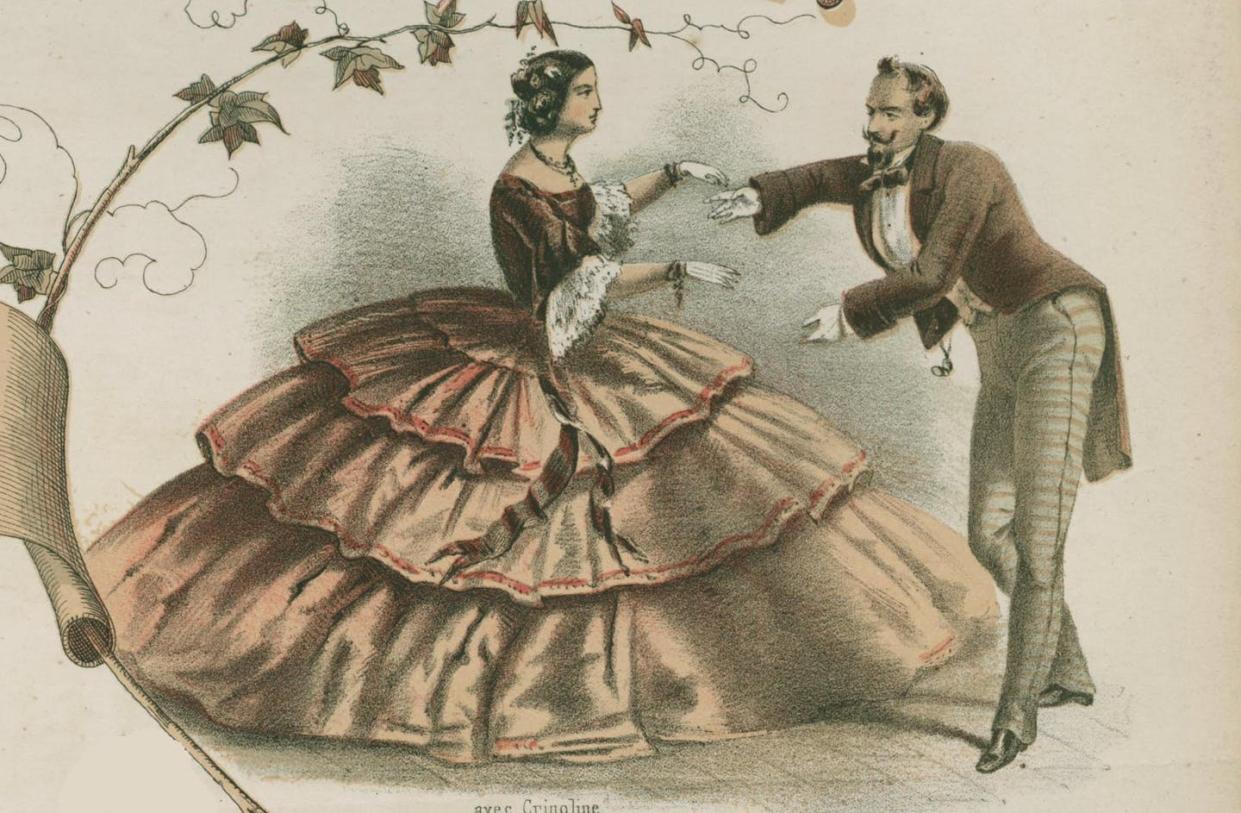Video: The fashionable history of social distancing

This video is based on an article by Einav Rabinovitch-Fox, professor of history at Case Western Reserve University.
Social distancing is the new buzzword during the current coronavirus pandemic. But historically, fashion was used as a tool for social distancing between social genders and social classes, as well as keeping pathogens away.
From the bird masks of plague doctors and large voluminous skirts to hat pins and face masks, this video provides a quick tour through the history of protective fashion.
This article is republished from The Conversation, a nonprofit news site dedicated to sharing ideas from academic experts.
Read more:

